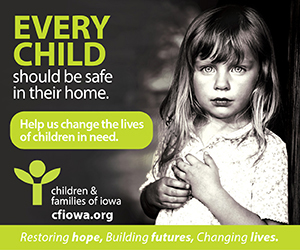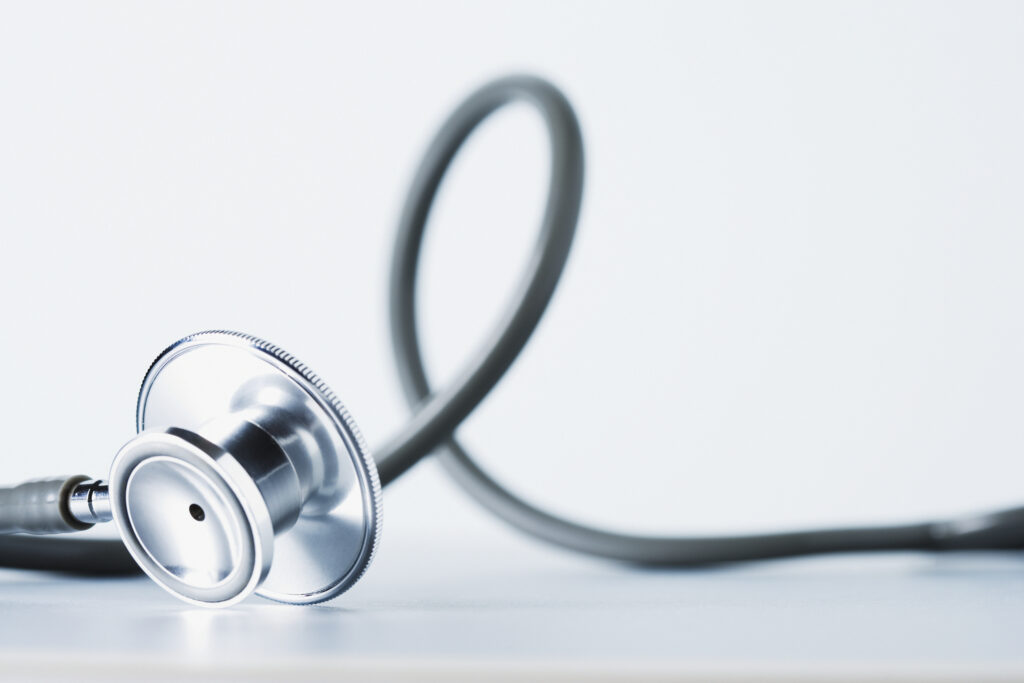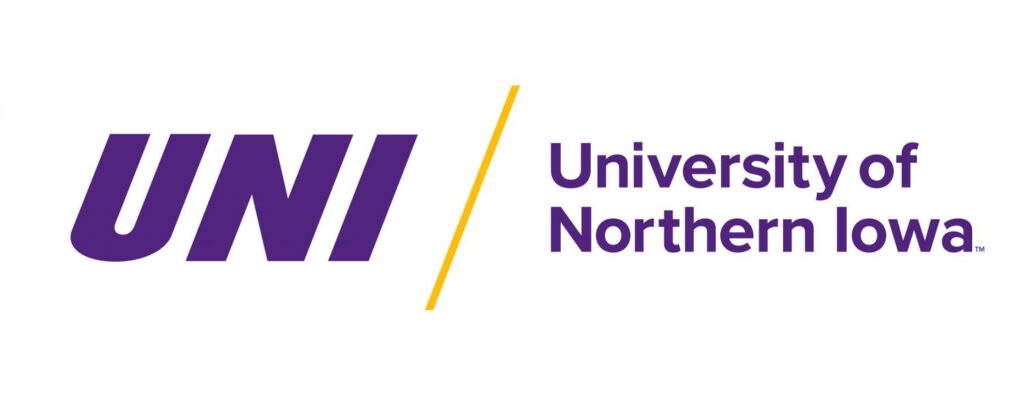Power Breakfast takeaways: What health care leaders see in the future

BUSINESS RECORD STAFF Feb 19, 2021 | 4:11 pm
6 min read time
1,374 wordsAll Latest News, Health and WellnessAs health systems across the country have been battling the pandemic for the past year, the fabric of Iowa’s health systems has been stretched to the limit, but has proved resilient due to the tremendous collaboration and talent of health care professionals and communities statewide.
Resilience and nimbleness have been hallmarks of Iowa’s response to the coronavirus pandemic, health leaders said during the Business Record’s Power Breakfast on Thursday, which focused on the disruptions caused by the health emergency over the past year and what the new normal could look like for health care.
Recurring themes that will continue to challenge business leaders as we move forward include addressing unsustainable health care cost increases, keeping up with technological advances to provide care, and improving the overall health of Iowans, the panelists said during the live online forum.
The panelists were:
Dr. Tom Evans – president and CEO, Iowa Healthcare Collaborative.
Suresh Gunasekaran – CEO, University of Iowa Hospitals and Clinics.
Mary Sparks Thompson – CEO, Clive Behavioral Health.
Dr. David Williams – chief clinical officer, UnityPoint Health.
Here’s what our reporters took away.
Evans: Surge capacity must be built into the system
“We have a health care system fed predominantly on a fee for service system … which means you have to have someone sitting in the seat in a doctor’s office to be able to generate a charge. All of a sudden we got hit with a pandemic where people couldn’t go to the doctor’s office or we couldn’t do surgeries, and it was a dramatic hit to the financial stability of the health systems. In Iowa we have a health care system that we have to sustain. We won’t have emergency services or lab availability or access to rural health care if we aren’t able to sustain the system we have. What the pandemic did is it illuminated how dependent we are on that particular economic model. In my mind we got to figure out how to deal with this so we still have a health care system. We have to have surge capacity built in so we can still have a health care system when we have events like this. To me, the biggest challenge is how do we construct an economic model for our health care system that enables us to deal with pandemics moving forward.”
— Michael Crumb
Panelists address the need to focus on disparities, social determinants of health
On Thursday morning, news broke that the pandemic cut U.S. life expectancy by a year during the first half of 2020 and much like many other statistics in 2020, racial disparities exist. Black Americans lost 2.7 years of life expectancy and Latinos lost 1.9 years, while white life expectancy fell 0.8 years.
Much of the panel focused on what needs to be done to address the apparent disparities in health care. Evans mentioned that the pandemic only amplified the current deficiencies in the health care field, which are plentiful. He specifically pointed out the state of our mental health infrastructure and the maternal health crisis. One way to address these disparities is by examining the social determinants of health, which are the conditions in which people live, work, learn and play. Providers can be proactive through affirmative intent, Gunasekaran said. “We need to focus collaborative energy on populations that are uniquely affected.” Specifically, he mentioned targeted recruitment efforts to encourage minority populations to pursue a career in health care and dedicating financial support to programs that address this as potential solutions.
— Emily Blobaum
Businesses’ engagement within organizations, with health providers important
What would the panelists most like to see from the business community to help improve Iowans’ health? Here are a couple of their thoughts:
Thompson: “The things that are front of mind for me are encouraging your employees to be engaged in their health care, whatever that health care need would be. What resources can be provided in the workplace to support folks? The other challenge that I see: What’s the role of business leaders or leadership in general as it relates to the health of their employees? I think there are many simple things that can be done. A simple check-in — what have you done to take care of yourself in the last couple of days? Just giving people permission for people to express how they’re doing. Trying to anticipate when people are struggling with their physical or mental health and trying to respond in a supportive way to help that person receive the care that’s required.”
Evans: “My comment to the business community would be to partner with us. I think many in business have viewed health care as a drain in regard to their health care costs. I think what the pandemic has done for me is illuminated how we are all in this together. And no one understands better than employers how the cost of health care is related to the health of their employees. I think that we have a new appreciation for how we need to deliver medical care differently. I think it’s going to take the combined intellect of the employer and the health care community to come together to figure out solutions as we go forward.”
— Joe Gardyasz
Where has influenza gone?
Panelists spent several minutes Thursday talking about this year’s influenza season.
Social distancing, wearing masks and increased distribution of the flu vaccine have helped to reduce the number of cases of influenza, said Gunasekaran. “The flu season that we’re not having this year is just unbelievable.”
More than 193.2 million doses of influenza vaccine have been distributed in the U.S. this year, according to data from the Centers for Disease Control and Prevention. The distribution amount is the most ever in the U.S.
In addition, 53% of adults 18 and older have received a flu shot, also the highest ever, the CDC reports. During the 2019-20 flu season, 48.4% of adults received flu vaccinations. (In Iowa, 53.8% of adults got flu shots.)
Flu cases in Iowa have been dramatically low, said Williams. “I would say it’s almost none. It is stunning. We’re seeing less [of the] common cold. We’re seeing less of the serious childhood illness called [respiratory syncytial virus].
“Social distancing and masking works … and it doesn’t work just for COVID. It works for a lot of common diseases.”
— Kathy A. Bolten
Telehealth: Perspectives on access, development and patient experience
Across the state, access to health care is the story of access to technology. Marginalized communities and rural communities do not have the same levels of access to sustainable, quality care as other Iowans, Gunasekaran said.
“It’s based on technology, and that technology has very differential access. Whether it is innovation around telemedicine, whether it is innovation around primary care, these were the people that were left out of the coverage gap in the first place,” said Gunasekaran.
Funding for telehealth is still under discussion, Evans said, as legislators try to define it for state policy and insurance providers consider payment structure.
“We’re still learning how to do telehealth,” Evans added. “We need to be figuring out how we effectively use this to improve the quality and safety of care. … I’m a big advocate for telehealth, a big advocate for getting some funding strategy to create some sustainability as we learn how to do it better and better. I think it’s critical for rural Iowa.”
At a patient level, when MercyOne’s pediatric clinic pivoted to telehealth during the pandemic, the service became a surprise hit with most kids, Thompson noted.
“It was neat to see that engagement … but we also got to see that child and that family in their home environment. And [we] learned so much about a family’s functioning, a family’s challenges and about the things that are going really well just by being in their home environment,” she said. “We’ve seen the value of [telehealth], and quite frankly, I think our clients and patients are going to demand that type of availability and ease of access, which is of course what we should be responding to wholeheartedly.”
— Kate Hayden
Rewatch the first question of the Power Breakfast
Resilience and nimbleness have been hallmarks of Iowa’s response to the coronavirus pandemic, health leaders said during the Business Record’s Power Breakfast on Thursday, which focused on the disruptions caused by the health emergency over the past year and what the new normal could look like for health care.
Recurring themes that will continue to challenge business leaders as we move forward include addressing unsustainable health care cost increases, keeping up with technological advances to provide care, and improving the overall health of Iowans, the panelists said during the live online forum.
The panelists were:
Dr. Tom Evans – president and CEO, Iowa Healthcare Collaborative.
Suresh Gunasekaran – CEO, University of Iowa Hospitals and Clinics.
Mary Sparks Thompson – CEO, Clive Behavioral Health.
Dr. David Williams – chief clinical officer, UnityPoint Health.
Here’s what our reporters took away.
Evans: Surge capacity must be built into the system
“We have a health care system fed predominantly on a fee for service system … which means you have to have someone sitting in the seat in a doctor’s office to be able to generate a charge. All of a sudden we got hit with a pandemic where people couldn’t go to the doctor’s office or we couldn’t do surgeries, and it was a dramatic hit to the financial stability of the health systems. In Iowa we have a health care system that we have to sustain. We won’t have emergency services or lab availability or access to rural health care if we aren’t able to sustain the system we have. What the pandemic did is it illuminated how dependent we are on that particular economic model. In my mind we got to figure out how to deal with this so we still have a health care system. We have to have surge capacity built in so we can still have a health care system when we have events like this. To me, the biggest challenge is how do we construct an economic model for our health care system that enables us to deal with pandemics moving forward.”
— Michael Crumb
Panelists address the need to focus on disparities, social determinants of health
On Thursday morning, news broke that the pandemic cut U.S. life expectancy by a year during the first half of 2020 and much like many other statistics in 2020, racial disparities exist. Black Americans lost 2.7 years of life expectancy and Latinos lost 1.9 years, while white life expectancy fell 0.8 years.
Much of the panel focused on what needs to be done to address the apparent disparities in health care. Evans mentioned that the pandemic only amplified the current deficiencies in the health care field, which are plentiful. He specifically pointed out the state of our mental health infrastructure and the maternal health crisis. One way to address these disparities is by examining the social determinants of health, which are the conditions in which people live, work, learn and play. Providers can be proactive through affirmative intent, Gunasekaran said. “We need to focus collaborative energy on populations that are uniquely affected.” Specifically, he mentioned targeted recruitment efforts to encourage minority populations to pursue a career in health care and dedicating financial support to programs that address this as potential solutions.
— Emily Blobaum
Businesses’ engagement within organizations, with health providers important
What would the panelists most like to see from the business community to help improve Iowans’ health? Here are a couple of their thoughts:
Thompson: “The things that are front of mind for me are encouraging your employees to be engaged in their health care, whatever that health care need would be. What resources can be provided in the workplace to support folks? The other challenge that I see: What’s the role of business leaders or leadership in general as it relates to the health of their employees? I think there are many simple things that can be done. A simple check-in — what have you done to take care of yourself in the last couple of days? Just giving people permission for people to express how they’re doing. Trying to anticipate when people are struggling with their physical or mental health and trying to respond in a supportive way to help that person receive the care that’s required.”
Evans: “My comment to the business community would be to partner with us. I think many in business have viewed health care as a drain in regard to their health care costs. I think what the pandemic has done for me is illuminated how we are all in this together. And no one understands better than employers how the cost of health care is related to the health of their employees. I think that we have a new appreciation for how we need to deliver medical care differently. I think it’s going to take the combined intellect of the employer and the health care community to come together to figure out solutions as we go forward.”
— Joe Gardyasz
Where has influenza gone?
Panelists spent several minutes Thursday talking about this year’s influenza season.
Social distancing, wearing masks and increased distribution of the flu vaccine have helped to reduce the number of cases of influenza, said Gunasekaran. “The flu season that we’re not having this year is just unbelievable.”
More than 193.2 million doses of influenza vaccine have been distributed in the U.S. this year, according to data from the Centers for Disease Control and Prevention. The distribution amount is the most ever in the U.S.
In addition, 53% of adults 18 and older have received a flu shot, also the highest ever, the CDC reports. During the 2019-20 flu season, 48.4% of adults received flu vaccinations. (In Iowa, 53.8% of adults got flu shots.)
Flu cases in Iowa have been dramatically low, said Williams. “I would say it’s almost none. It is stunning. We’re seeing less [of the] common cold. We’re seeing less of the serious childhood illness called [respiratory syncytial virus].
“Social distancing and masking works … and it doesn’t work just for COVID. It works for a lot of common diseases.”
— Kathy A. Bolten
Telehealth: Perspectives on access, development and patient experience
Across the state, access to health care is the story of access to technology. Marginalized communities and rural communities do not have the same levels of access to sustainable, quality care as other Iowans, Gunasekaran said.
“It’s based on technology, and that technology has very differential access. Whether it is innovation around telemedicine, whether it is innovation around primary care, these were the people that were left out of the coverage gap in the first place,” said Gunasekaran.
Funding for telehealth is still under discussion, Evans said, as legislators try to define it for state policy and insurance providers consider payment structure.
“We’re still learning how to do telehealth,” Evans added. “We need to be figuring out how we effectively use this to improve the quality and safety of care. … I’m a big advocate for telehealth, a big advocate for getting some funding strategy to create some sustainability as we learn how to do it better and better. I think it’s critical for rural Iowa.”
At a patient level, when MercyOne’s pediatric clinic pivoted to telehealth during the pandemic, the service became a surprise hit with most kids, Thompson noted.
“It was neat to see that engagement … but we also got to see that child and that family in their home environment. And [we] learned so much about a family’s functioning, a family’s challenges and about the things that are going really well just by being in their home environment,” she said. “We’ve seen the value of [telehealth], and quite frankly, I think our clients and patients are going to demand that type of availability and ease of access, which is of course what we should be responding to wholeheartedly.”
— Kate Hayden
Rewatch the first question of the Power Breakfast










